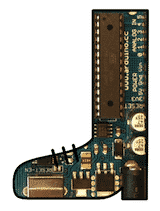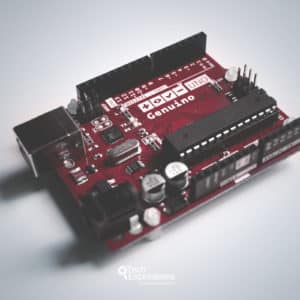The Arduino owes much of its ease of use to its bootloader. The bootloader is software that is resident in the Atmega microcontroller and is responsible for making it easy to upload a new sketch from the Arduino IDE to the flash memory of the microcontroller.
The term "resident" means that the bootloader is not over-written when you upload a new sketch. It remains ready to facilitate the next sketch upload.
Without a bootloader, the process would be somewhat more complicated. You would need to use specialized hardware (such as an ISP programmer) to achieve the same thing. I suspect that many people would give up at that point and never go on to discover the real Arduino magic (getting things done and learning, quickly).
The default bootloader that comes with the Atmega328P on the Arduino is excellent. There are not too many good reasons to change it. But then again, many people don't need a reason to try something new!
There are alternative bootloaders for the Atmega microcontrollers out there, that promise to improve various aspects of the default bootloader that ships with most Arduinos.
One that delivers a lot of advantages over the default is the Optiboot bootloader.
Advantage 1: size
Optiboot is smaller, by around 1.5KBytes with a total footprint of just 500 bytes.
This means that more flash memory is available for your sketch.
Advantage 2: speed
Optiboot also runs at higher baud rates, which means that it will be faster to upload a new sketch.
This is great for rapid prototyping. A faster sketch upload speeds means that you will be able to iterate through new versions of your sketches faster.
There is a good chance that if you have a newer Arduino Uno, it already has Optiboot installed. If you don't, you can install it with the help of an AVR ISP programmer.
Although I have searched, I have not been able to find a reliable way to detect the kind of bootloader installed on your Arduino. Jeelabs has a sketch that can detect some older bootloaders but has not been maintained for a while. So, if you want to know what you have, consider uploading your bootloader yourself.


